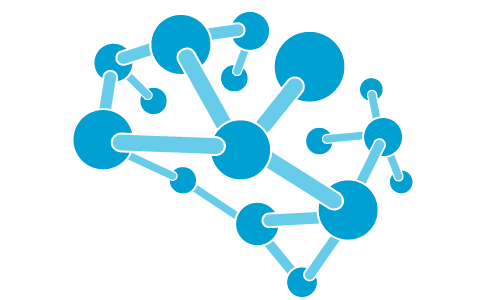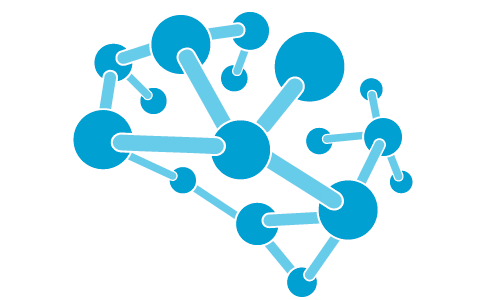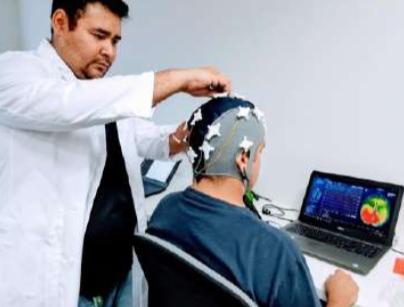
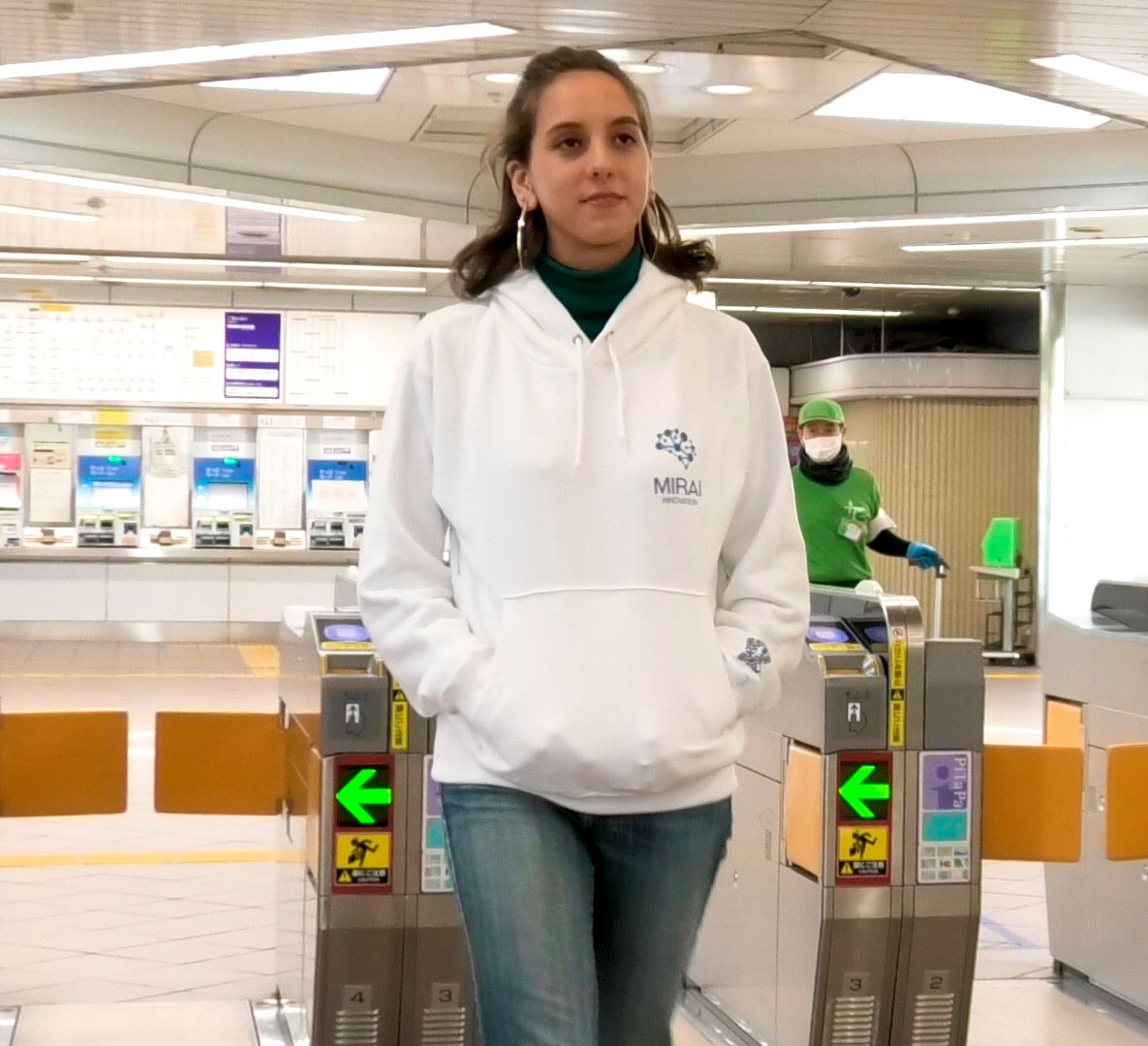
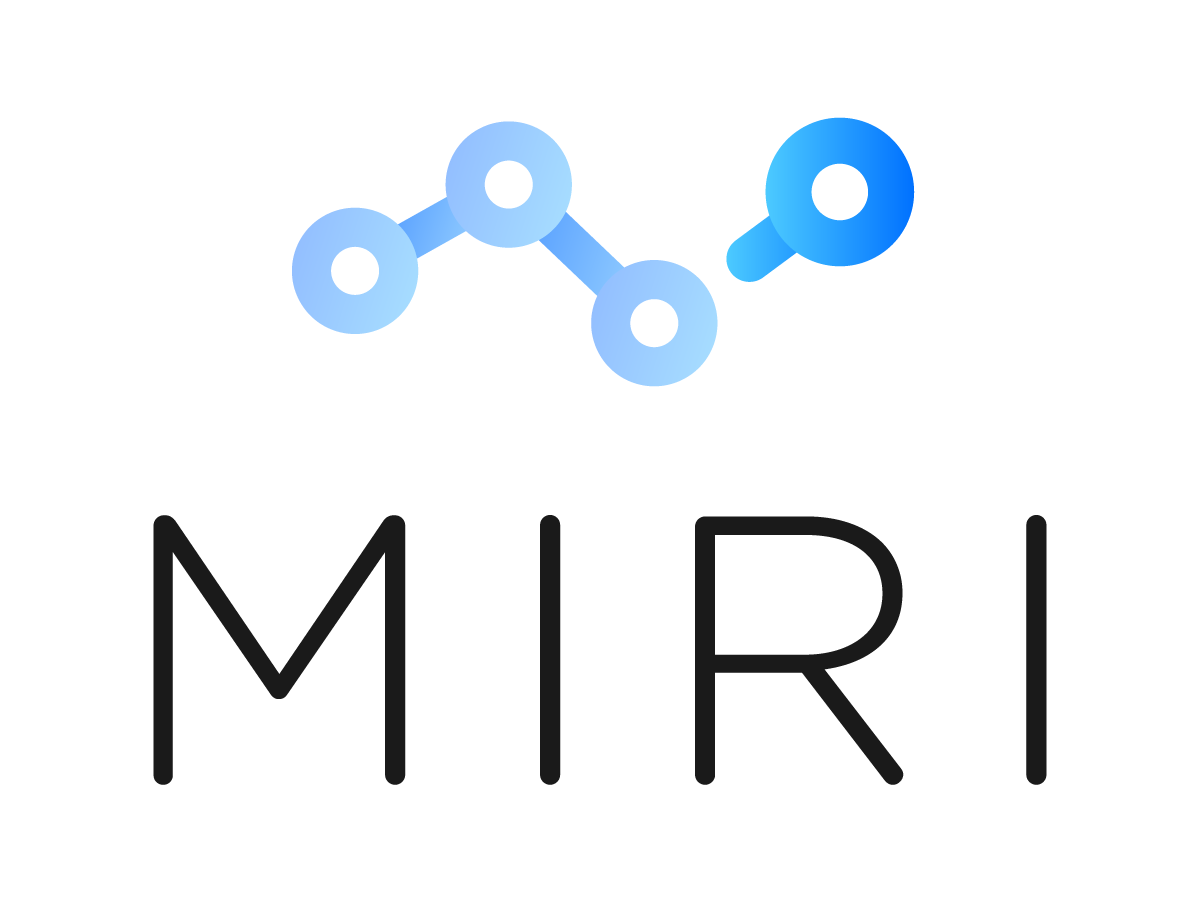
Program
Overview
Step into the forefront of Emergent Technologies. Mirai Innovation Research Internship (MIRI) is a unique opportunity designed to empower university students, STEM enthusiasts, and researchers from around the globe. This program is more than just an internship—it’s a chance to immerse yourself in cutting-edge research, collaborate with expert mentors, and broaden your perspectives in an international, tech-driven environment.
Edward Gibbons
Australia
Elsa Gonzalez
Mexico
Unlock the Future
of Emerging Technologies
At MIRI, you’ll work in a state-of-the-art laboratory specializing in Artificial Intelligence (AI), Computer Vision, Robotics, Augmented and Virtual Reality (AR/VR), Internet of Things (IoT), and Neurotechnology. Whether you aim to develop groundbreaking applications for AI, create life-saving robotics innovations, or revolutionize AR/VR user experiences, this program provides the platform to pursue your vision. Led by Mirai Innovation’s seasoned researchers, your work won’t just stay theoretical—it’ll have the opportunity to contribute to real-world advancements.
Beyond research, MIRI fosters international collaboration and interdisciplinary learning, where interns engage with a global community of like-minded innovators. You will gain valuable technical expertise, strategic problem-solving skills, and hands-on experience in various cutting-edge domains, preparing you for the future of technology-driven careers. The program also integrates professional development opportunities, allowing participants to refine their presentation, teamwork, and project management skills, ensuring a holistic learning experience.
Additionally, the internship offers cultural immersion in Japan, providing a unique opportunity to explore the country’s rich traditions, technological advancements, and innovative ecosystem. Interns will not only work with leading researchers but also engage in networking events, tech meetups, and industry tours, reinforcing their understanding of global technological landscapes.
MIRI is more than just an internship—it’s a transformative experience that will expand your academic and professional horizons, equipping you with the skills, connections, and knowledge needed to become a leader in the ever-evolving world of emerging technologies.
Interns work with state-of-the-art technologies in:
Artificial Intelligence (AI) & Computer Vision
Robotics & Internet of Things (IoT)
Augmented Reality (AR) & Virtual Reality (VR)
Neurotechnology
Internet of Things
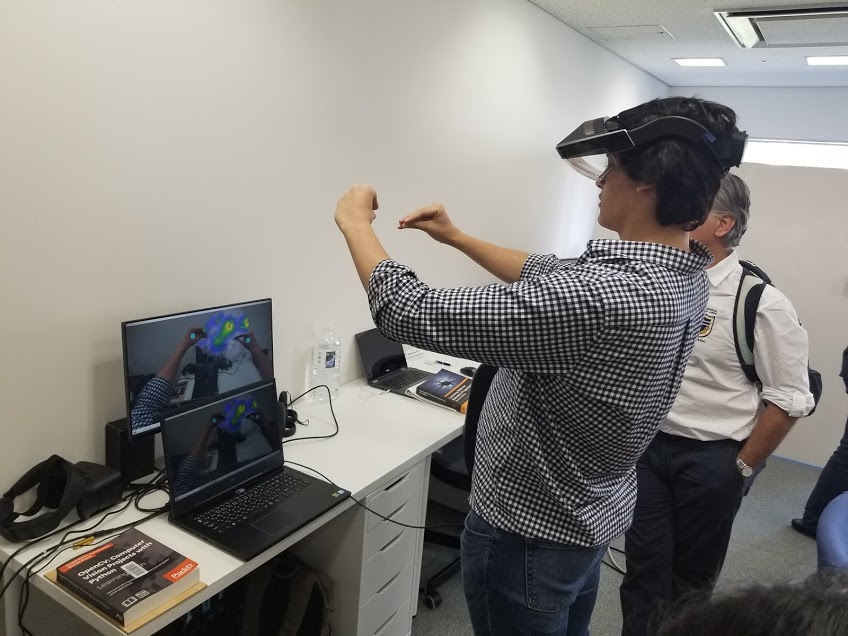
Program Details
Program Duration
- 4 to 12 weeks
- Start and end dates are flexible and determined in consultation with Mirai Innovation Lab staff.
- Participants are expected to work at the laboratory on weekdays (excluding Japanese holidays).
Key Features
Flexible Duration & Start Dates
4 to 12 weeks, customizable based on availability.
No Language Barrier
English is the primary language; no Japanese required.
Expert Mentorship
Direct guidance from specialists in AI, robotics, VR/AR, and neurotechnology.
Cultural & Professional Growth
A unique blend of high-tech research and cultural immersion in Japan.
Networking Opportunities
Collaboration with global researchers, industry professionals, and innovators.
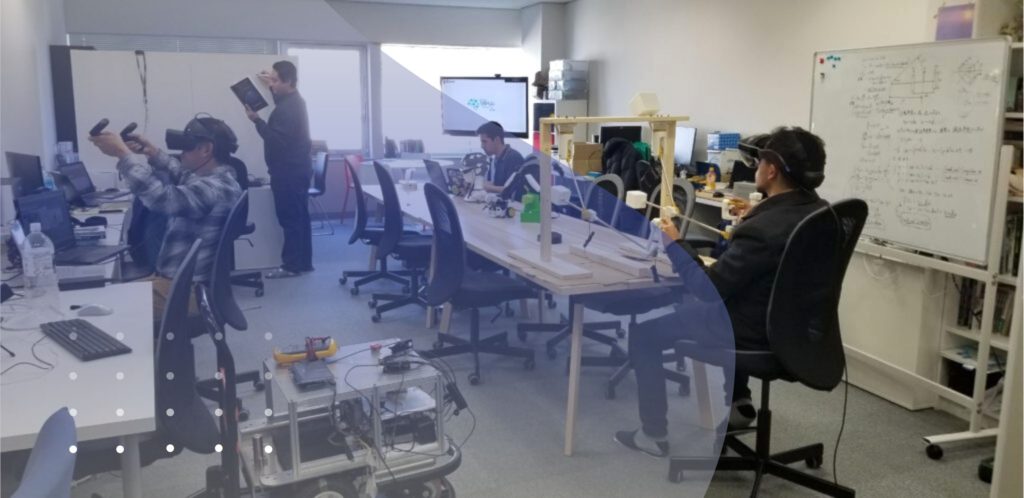
Why choose MIRI?
The MIRI program is an investment in academic and professional development, offering hands-on research experience in one of Japan’s leading innovation hubs. With expert mentorship, cutting-edge technology, and a global network, interns will gain the skills and insights necessary for a successful career in emerging technologies.
Facilities & Equipment
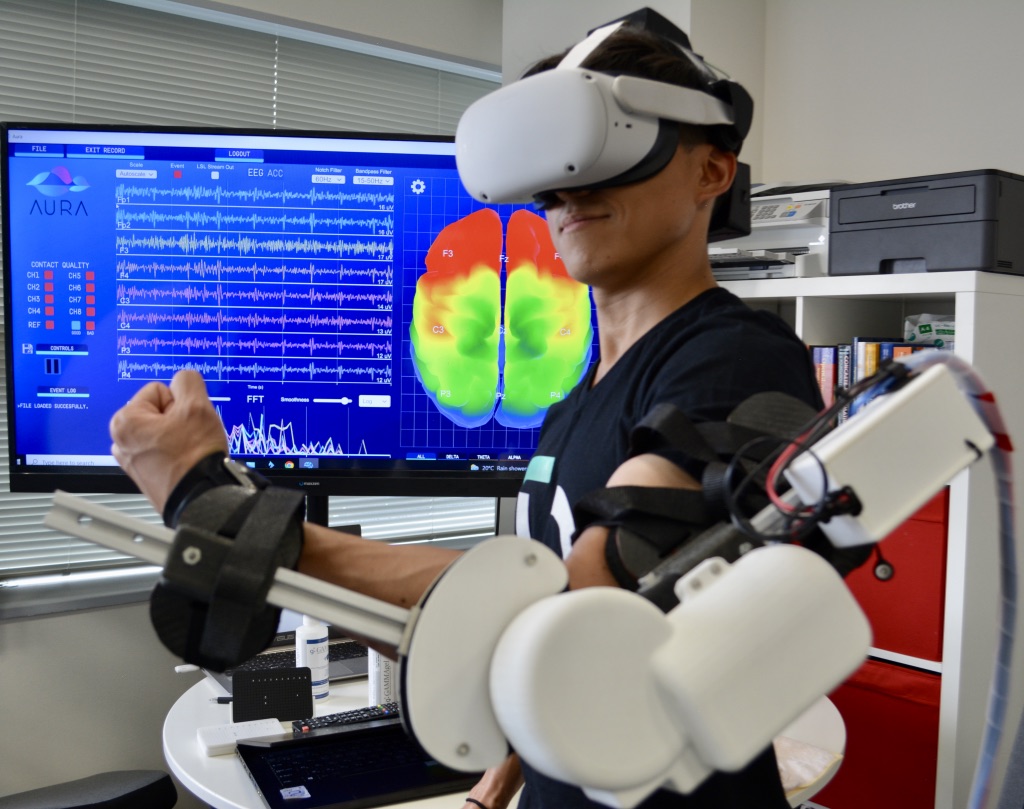
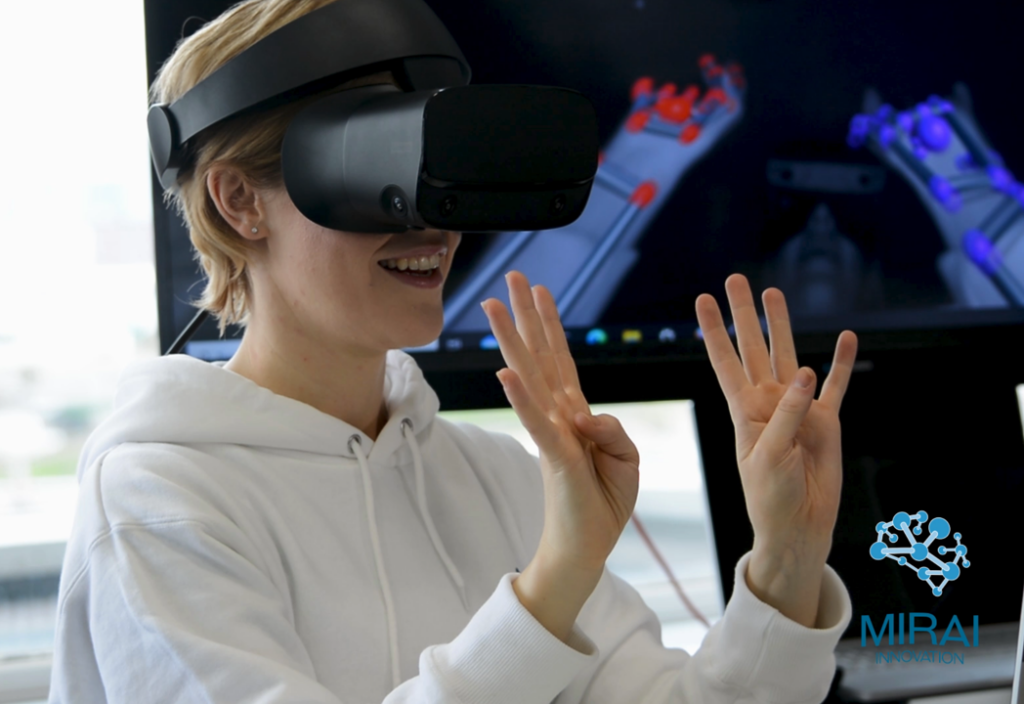
Located in TEQS Software Industry Plaza the
MIRI program provides access to:
- Sound studio (Audio/Visual recording and editing)
- PC training room
- Lecture rooms
- Meeting rooms
- Business cafe
Available equipment
- Prototyping Area – Equipped with tools and workspaces for rapid design and development.
- Electronic Boards & Components – Includes microcontrollers, sensors, and processors for robotics and IoT projects.
- Telepresence Robots – Enables remote research collaboration.oms
- AR & VR Headsets – For immersive virtual and mixed reality development.
- 3D Printers – High-precision printers for rapid prototyping and design testing.
- Drones – AI and autonomous flight research for navigation and aerial applications.
- Physiological Signal Acquisition Devices – Advanced tools for neurotechnology, measuring brain activity, muscle signals, and heart rate.
- High-Performance Computing Systems – Workstations equipped with GPU acceleration for AI and deep learning tasks.
Application process
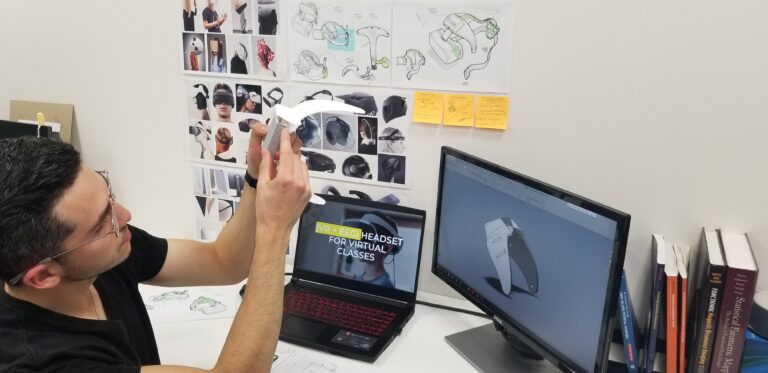
1
Application Submission
Online form.
2
Screening
Evaluation of CV and application.
3
Interview
Assessment of technical and soft skills.
4
Results
Acceptance letter sent via email.
5
Document Submission
Passport, health declaration, and university letters.
6
Payment
Program fees must be paid before arrival.
7
Research proposal
Submission required before arrival.
8
Information session
Pre-arrival orientation.
9
Arrival & Welcome
Onboarding and research project commencement.
10
Internship & Final Presentation
Completion of research and final presentation.
11
Return to Home Country
Post-program feedback and networking opportunities.
Eligibility Requirements
Academic Qualifications
- Undergraduate students must have completed at least 2 semesters before arrival.
- Graduate/postgraduate students must have completed at least 1 semester before arrival.
Language & Academic Requirements
- English proficiency (one of the following):
- TOEFL PBT: 500+ | TOEFL IBT: 80+
- IELTS Academic: 6.5+
- GPA Requirement: Minimum 3.0/4.0 or 8.0/10.0.
- Health Insurance: Required during the stay in Japan.
- Visa: Must meet Japan’s visa-exemption policies.
- Age: 20+ years old at the start of the internship.
Program Fee
Registration Fee: $250 USD (non-refundable)
- $350 USD per week (From 4 to 6 weeks)
- $300 USD per week (From 7 to 12 weeks
- Plus Taxes (10%)
Fees must be paid in full before arrival and cover research facilities, mentorship, and access to resources.
Extra Program Services
Accommodation Support
($250 + 10% Tax)
Includes:
Accommodation search & contract translation.
Airport reception & train ticket to accommodation.
Japanese-English-Spanish interpretation for signing agreements.
Cultural & Laboratory Tours
Meal Tour: Experience traditional Japanese cuisine and beverages.
Laboratory Tour: Introduction to MIRI facilities.
Osaka City Tour: Sky Building, Nipponbashi, and Dotonbori Avenue.
A Word from our Alumni
Elias Hernandez
Mexico
Julia Morone
Australia
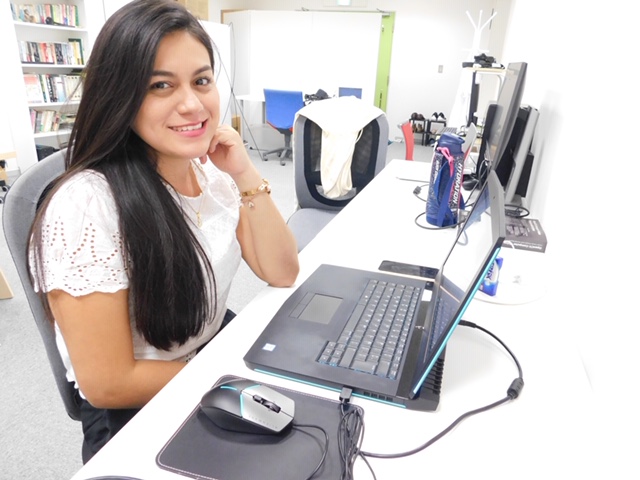
Adriana Zepeta Hernández
Tecnológico Superior de Poza Rica, Veracruz, México
“During my internship in Mirai Innovation Lab I inquired about neural networks, machine learning, deep learning and about some techniques that are used in working with images, in text recognition and classification. I worked on 3 projects, two were focused on the privacy of personal information of patients in medical images, where machine learning and deep learning techniques were applied, for text recognition in images, where the algorithm found the patient’s name and hid it. OpenCV and template matching methods, Gaussian Blur, OCR, coco Text, among others were used. In another project I used neural networks for image classification, using tensorflow, keras transferLearning and pre-trained models such as AlexNet.”
Jorge Antonio Martinez Ledezma
Universidad Autónoma de Tamaulipas
“The research stay I made with Dr. Christian Peñaloza in his laboratory has been a great experience that allowed me to know not only a new country and a new culture, but also a way of working and solving problems, having the support and companionship of everyone in the lab. In addition, I learned new methods and tools that are useful for my research work on Brain-Machine Interfaces and have the opportunity to see closely one of Dr. Peñaloza’s work.”

